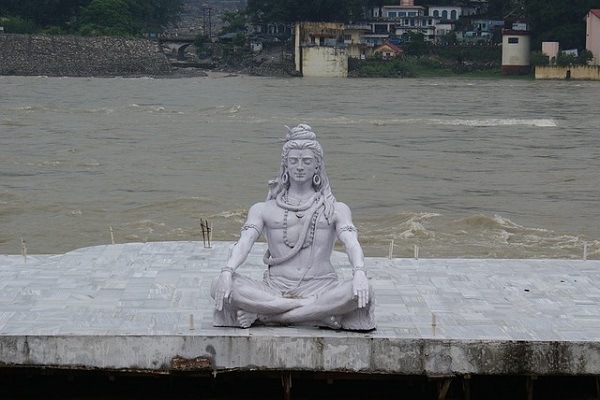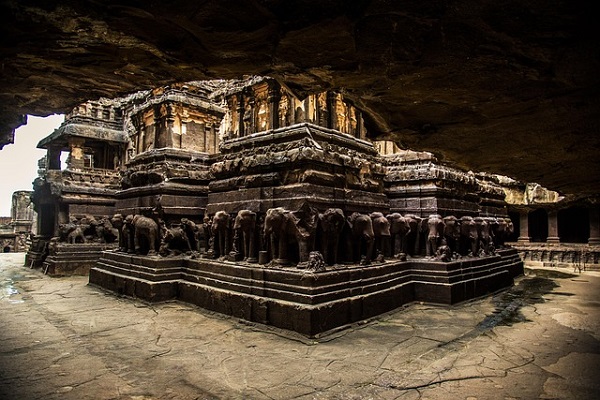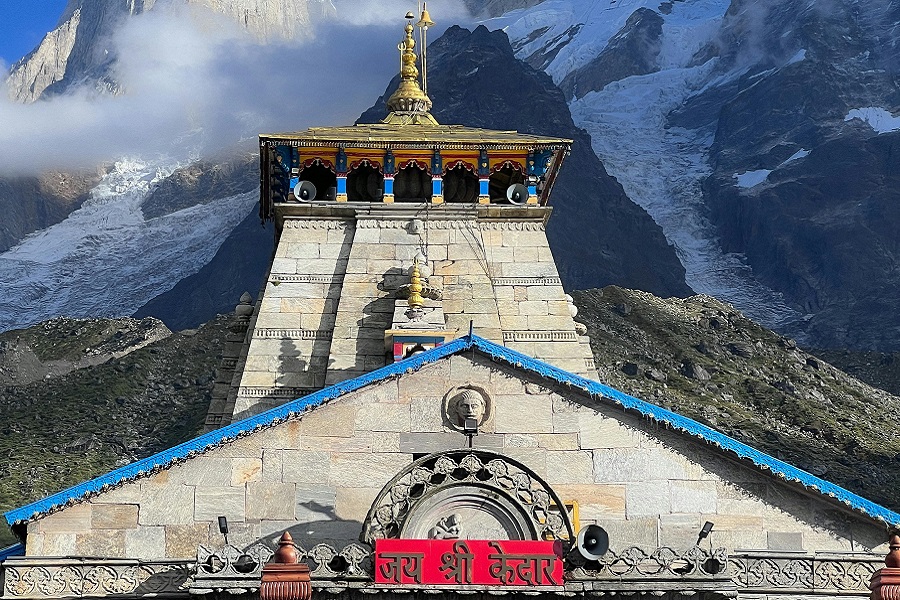Humayun`s Tomb: A Timeless Marvel of Mughal Architecture

Humayun’s Tomb, a UNESCO World Heritage Site, stands as a magnificent symbol of Mughal architecture in India. Located in Delhi, this grand mausoleum was commissioned in 1569 by Empress Bega Begum in memory of her husband, Mughal Emperor Humayun. The tomb is not only a historical marvel but also an architectural inspiration for later structures, including the Taj Mahal.
Architectural Grandeur
Designed by Persian architect Mirak Mirza Ghiyas, Humayun’s Tomb is a masterpiece that blends Persian, Turkish, and Indian architectural styles. Its symmetrical gardens, intricate marble inlays, and red sandstone facade make it a visual delight. The tomb complex also houses smaller monuments, including the Barber’s Tomb and the tomb of Isa Khan, adding to its historical significance.
Key Attractions at Humayun’s Tomb
Charbagh Garden: The first-ever Persian-style garden in the Indian subcontinent, symbolizing paradise.
High Central Dome: A majestic feature of the tomb, showcasing intricate Islamic geometric patterns.
Ornate Arched Gateways: Exquisite Mughal craftsmanship can be seen in the grand entrances.
Tomb of Isa Khan: A pre-Mughal era architectural gem within the complex.
Best Time to Visit
The ideal time to explore Humayun’s Tomb is between October and March, when the weather is pleasant. Early mornings or late afternoons provide the best lighting for photography and a peaceful experience away from crowds.
How to Reach?
By Metro: JLN Stadium Metro Station (Violet Line) is the closest station.
By Air: Indira Gandhi International Airport is around 15 km away.
By Road: Well-connected through Delhi’s public transport system and cabs.
Why Visit Humayun’s Tomb?
This architectural wonder is a must-visit for history lovers, architecture enthusiasts, and photographers. Its serene gardens, intricate details, and historical legacy make it one of Delhi’s most treasured landmarks.
























